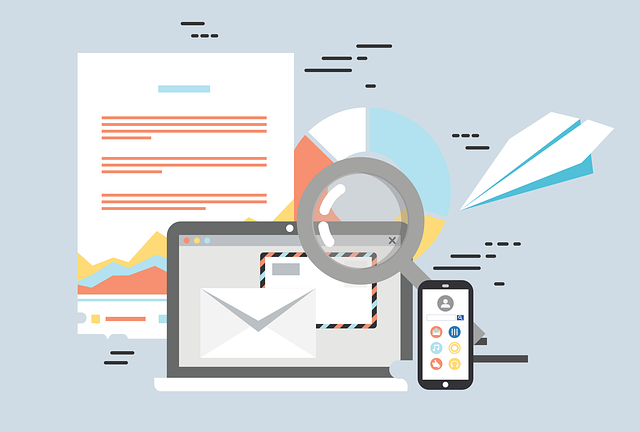AI coaching, leveraging machine learning and data analysis, revolutionizes automotive repairs by boosting efficiency, reducing times, and increasing shop throughput. It offers tailored recommendations, predictive maintenance, and proactive scheduling, maximizing capacity and revenue. Implementing AI tools, training on real-world data, and monitoring performance can significantly enhance operations, reduce errors, and increase profits. AI coaching provides real-time data analysis, optimizes workforce allocation, improves efficiency, predicts parts needs, and enhances customer satisfaction through personalized training modules.
In today’s digital era, Artificial Intelligence (AI) coaching is transforming the automotive industry. This article delves into the transformative power of AI training programs for shops, exploring how they can significantly enhance profitability. We’ll guide you through understanding AI coaching benefits, implementing effective step-by-step strategies, and measuring success in automotive repair with AI. Discover practical ways to optimize operations and stay ahead in a competitive market.
- Understanding AI Coaching and its Benefits for Automotive Shops
- Implementing AI Training Programs: A Step-by-Step Guide
- Measuring Success and Optimizing Profitability with AI in Automotive Repair
Understanding AI Coaching and its Benefits for Automotive Shops

AI coaching, or training programs utilizing artificial intelligence, is transforming the automotive industry by offering a wealth of advantages to shops looking to boost their efficiency and profitability. By leveraging machine learning algorithms, these AI systems can analyze vast amounts of data from various sources—from vehicle diagnostics to historical repair records—to provide tailored recommendations for mechanics and technicians. This enables faster, more accurate diagnoses and repairs, reducing time spent on each job and increasing shop throughput.
Furthermore, AI coaching enhances automotive repair profitability through predictive maintenance. By monitoring vehicle performance data in real-time, AI systems can anticipate potential issues before they become costly breakdowns, allowing shops to proactively schedule service and repairs. This proactive approach not only saves customers money but also ensures that vehicles are serviced at optimal times, maximizing shop capacity and revenue.
Implementing AI Training Programs: A Step-by-Step Guide

Implementing AI training programs can significantly enhance automotive repair shop profitability by streamlining operations and improving service quality. Here’s a step-by-step guide to get you started:
1. Assess Current Processes: Begin by thoroughly understanding your existing workflow, identifying pain points, and pinpointing areas where AI could bring the most value. Focus on tasks that are repetitive, time-consuming, or prone to human error. This might include diagnostics, parts identification, inventory management, or even basic customer service interactions.
2. Choose the Right AI Tools: Select AI coaching tools tailored to your specific needs. Look for solutions that offer machine learning capabilities, natural language processing (NLP), and integration with existing systems. These technologies can automate mundane tasks, provide real-time insights, and enhance decision-making processes, ultimately leading to increased efficiency and profitability.
3. Gather and Prepare Data: AI relies on high-quality data to learn and improve. Collect relevant training data, such as repair logs, parts inventory records, customer feedback, and diagnostic reports. Ensure the data is clean, organized, and formatted appropriately for the chosen AI platform. This step is crucial for developing accurate and reliable AI models.
4. Implement and Train: Integrate your selected AI tools into your shop’s operations. Feed the system with the prepared training data, allowing it to learn from real-world scenarios. Supervise the initial training phase to ensure the model aligns with your standards and industry best practices. Regularly update and refine the models as new data becomes available.
5. Monitor and Optimize: Continuously monitor the performance of your AI systems. Analyze their impact on various aspects of your business, including productivity gains, error reductions, and customer satisfaction improvements. Use these insights to optimize the AI implementation, fine-tune algorithms, and further enhance automotive repair profitability.
Measuring Success and Optimizing Profitability with AI in Automotive Repair

Measuring success and optimizing profitability are key objectives for any automotive shop. Integrating Artificial Intelligence (AI) into training programs offers a strategic advantage in achieving these goals. AI coaching can enhance repair processes by providing real-time data analysis, allowing shops to identify inefficiencies and make informed decisions. With AI, managers can track technician performance, monitor task completion rates, and analyze the accuracy of repairs. This data-driven approach enables them to optimize workforce allocation, reduce errors, and improve overall efficiency.
By leveraging AI’s predictive capabilities, automotive shops can anticipate parts requirements, minimize inventory costs, and enhance customer satisfaction. Moreover, AI coaching systems can personalize training modules based on individual technician strengths and weaknesses, ensuring continuous skill development. This tailored approach not only boosts productivity but also contributes to increased profitability by reducing downtime and optimizing resource utilization.
AI coaching is transforming the automotive industry by offering a powerful tool to enhance repair profitability. By implementing AI training programs, shops can streamline operations, improve efficiency, and deliver higher-quality services. Following a structured guide and measuring key performance indicators allows businesses to optimize their AI integration, ensuring long-term success in this evolving landscape. Embracing AI coaching is not just a step towards the future; it’s a strategic move to stay competitive and profitable in today’s automotive market.
